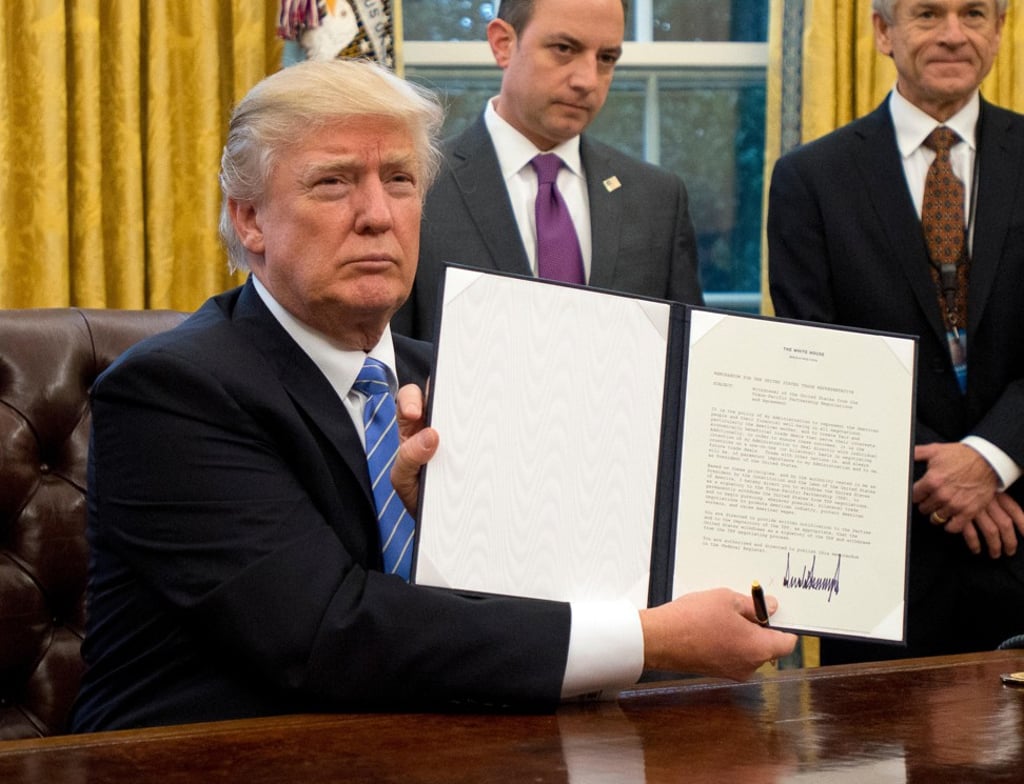Explainer | Explained: the CPTPP trade deal
- The original Trans-Pacific Partnership was devised as part of Barack Obama’s ‘Pivot to Asia’
- Donald Trump withdrew from the deal in 2017 but the remaining members agreed to a revised deal known as the CPTPP

The Trans-Pacific Partnership (TPP) was an ambitious trade agreement involving 12 countries that encompassed 40 per cent of the world’s economy and over 800 million consumers. The member countries were Japan, Vietnam, Brunei, Malaysia, Singapore, Australia, New Zealand, Canada, the US, Mexico, Peru and Chile.
What was TPP’s main goal?
The TPP reduced or eliminated tariffs across the 12 signatories, liberalised the trade of goods and services and opened foreign investment among its members’ markets. These economic reforms would have raised the real income of TPP members by almost US$500 billion or 1.1 per cent of GDP, according to a report by the Peterson Institute for International Economics.
It was criticised, though, on the grounds it would lower wages and transfer more manufacturing jobs from developed to developing countries. Trump tapped into these anxieties while campaigning for the presidency, while vowing to put “America first”.
Furthermore, trade unions and left-wing politicians argued the deal granted too much power to corporations and feared provisions on labour and environmental standards would not be upheld in some of the participant countries.
